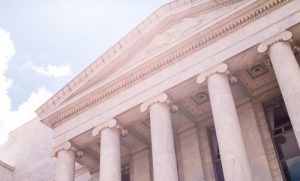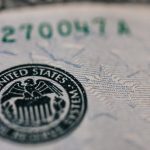That may seem to be a particularly pointless question to ask during the COVID-19 crisis. Year after year, surveys from private industry and the federal government show the same dismal picture: Nearly half (49 percent) of all U.S. adults continue to live paycheck to paycheck, and they don’t have three months of emergency expenses to pay bills. A recent survey, the 2020 Financial Planning Survey from First National Bank of Omaha (FNBO), reinforced those statistics.
But there were two significant shifts among the 1,067 respondents surveyed: Approximately 91% said they wanted to improve their money habits in 2020, and 83 percent said they planned to budget their money every month.
The unprecedented COVID-19 health crisis may also be an unprecedented opportunity for U.S. consumers to reinforce sound money habits. Business reporters can help readers by focusing on the following topics:
Plan Your Spending Before Checks Arrive
Some of your readers have only a $1,200 CARES check to look forward to, and no unemployment, while others will collect unemployment, or are still employed and have an emergency fund; regardless, the task before checks arrive in mid-April is to make a plan on how to spend the money. Asking creditors to delay or lower payments, and contacting mortgage assistance programs, are two strategies.
Invite readers across all income levels and ages to join an online discussion with a Certified Public Accountant (CPA) who holds the Personal Finance designation, and several financial planners who work with clients of different income levels and ages on these and other suggestions.
Plan Your Spending After Checks Arrive
Spend the coronavirus stimulus check the basics (food, housing, healthcare), and put anything left over into an emergency account. If you’re still employed and have enough emergency savings—donate the money. You can deduct up to $300 on your 2020 taxes, because of a provision in the CARES relief bill.
Debt has been increasing—and personal savings decreasing—since the financial crisis of 2007-2009 and the Great Recession in 2019. In June 2019, U.S. credit card debt topped $1 trillion dollars, according to the Federal Reserve, and the average credit cardholder now carries $6,194 in debt, according to Experian’s 2019 Consumer Credit Review.
What If Checks Don’t Arrive Automatically?
They won’t, for individuals who earn low wages or have no income and don’t file an income tax return, or their financial circumstances recently changed. This guidance from the Internal Revenue Service (IRS) explains the details. In the former case, they may have to fill out a 1040-EZ form, for the U.S. Treasury to process their check; in the latter, if a taxpayer lost a job due to COVID-19, but hasn’t filed their 2019 tax return yet, they may have to wait until next year to receive that additional money. A check will be mailed to taxpayers who moved and closed the bank account that the IRS has on file. One way to correct that to file your 2019 tax return. Enlist the CPA on your panel to answer reader questions.










